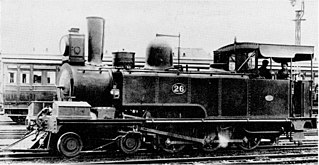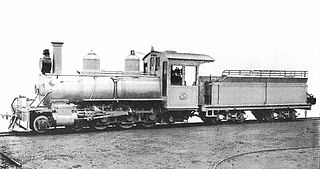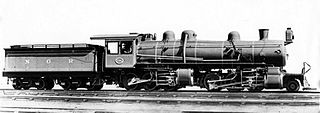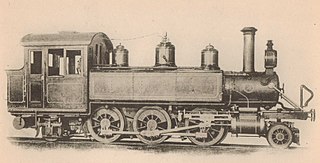
The Natal Government Railways Class N locomotives include three different narrow gauge locomotive types, all designated Class N.
When the Union of South Africa was established on 31 May 1910, the three Colonial government railways (Cape Government Railways, Natal Government Railways and Central South African Railways) were united under a single administration to control and administer the railways, ports and harbours of the Union. In 1912, the NGR Class N locomotives were not classified by the South African Railways (SAR), but had the letters "NG", for narrow gauge, prefixed to their existing engine numbers. They remained unclassified on the SAR until a classification system for narrow gauge locomotives was adopted in the late 1920s, after some of them had already been withdrawn from service. [1]

The Union of South Africa is the historical predecessor to the present-day Republic of South Africa. It came into being on 31 May 1910 with the unification of the Cape Colony, the Natal Colony, the Transvaal, and the Orange River Colony. It included the territories that were formerly a part of the South African Republic and the Orange Free State.
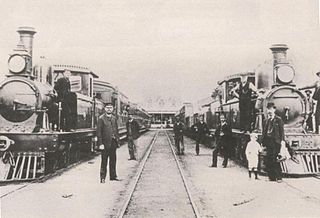
The Cape Government Railways (CGR) was the government-owned railway operator in the Cape Colony from 1874 until the creation of the South African Railways (SAR) in 1910.

The Natal Government Railways (NGR) was formed in January 1877 in the Colony of Natal.
- NGR Class N 4-6-2T of 1906
- NGR Class N 4-6-2T of 1907 (SAR Class NG3)
- NGR Class N 4-6-2T of 1911 (SAR Class NG4)

The Natal Government Railways Class N 4-6-2T of 1906 was a South African steam locomotive from the pre-Union era in the Natal Colony.
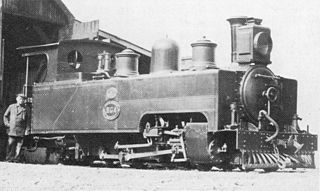
The South African Railways Class NG3 4-6-2T of 1907 was a narrow-gauge steam locomotive from the pre-Union era in the Colony of Natal.

The South African Railways Class NG4 4-6-2T of 1911 was a narrow-gauge steam locomotive from the pre-Union era in the Colony of Natal.


